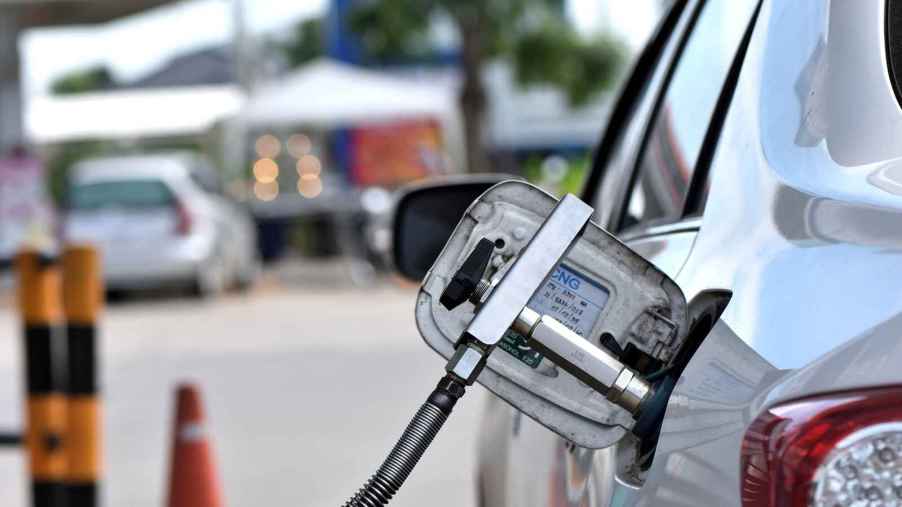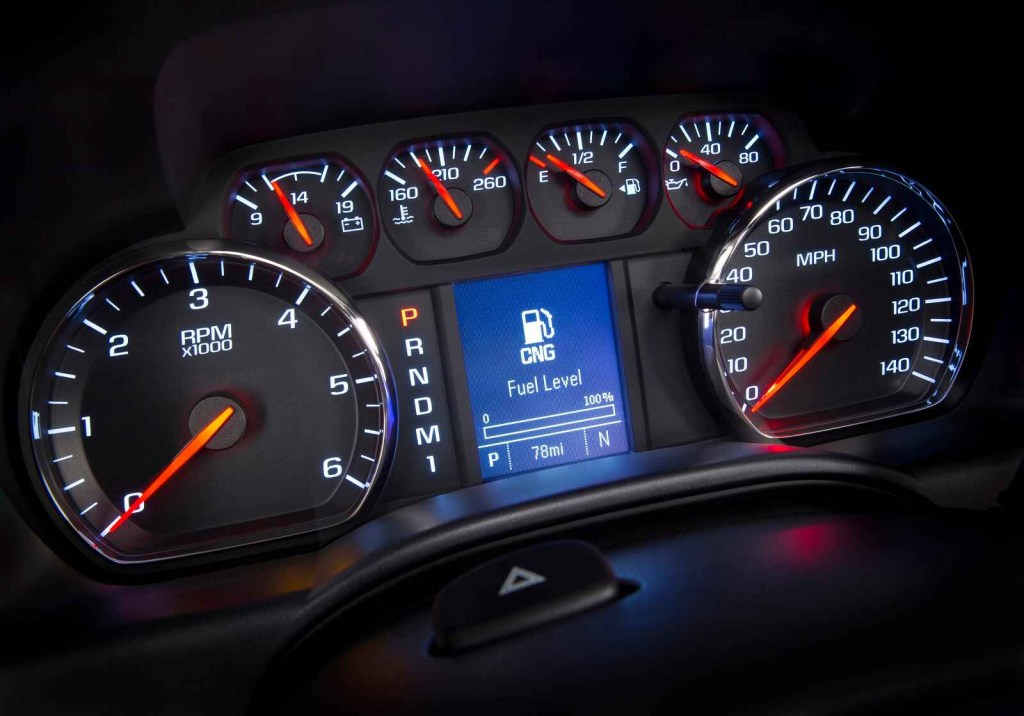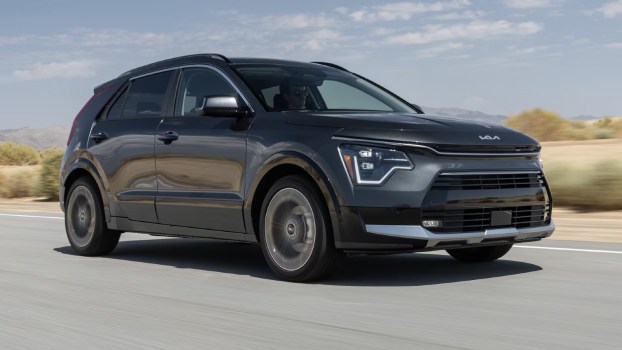
What’s the Difference Between Bi-Fuel and Dual-Fuel Vehicles?
In an era of automotive experimentation, one of the chief areas of innovation, and therefore confusion, is the question of fuel. In 2024, cars run on gasoline, diesel, electricity, natural gas, hydrogen – the list goes on. Keeping track of what runs on which fuel is a project in itself.
Some vehicles can take multiple fuel types for their daily round. What are bi-fuel and dual-fuel vehicles, and how can you tell the difference?
What is a bi-fuel vehicle?
Simply put, a bi-fuel vehicle can run on either one of two fuels. One fuel is almost always gasoline; the other may be natural gas (called CNG), hydrogen, or liquid petroleum gas (LPG), also known as Autogas. Per the US Energy Department, bi-fuel vehicles require two complete fuel systems. Once those systems are installed, the vehicle can run safely on gasoline or its alternate fuel. A bi-fuel engine always runs on one fuel or the other, never a mix.
What is a bi-fuel car good for?
Bi-fuel cars excel in flexibility. In marketplaces where gas is expensive or the supply is unpredictable, bi-fuel vehicles running on more accessible alternatives make car ownership more viable for more people. Bi-fuel options are also greener than conventional single-fuel vehicles: CNG, LPG, and hydrogen combustion all put less greenhouse gases in the atmosphere than gas or diesel.
What is a dual-fuel vehicle?
A dual-fuel vehicle runs on a mixture of two fuels. Again, most dual-fuel designs require gas or diesel but also incorporate a different source of propulsion. The most common second fuel is CNG, with one possible exception. Counting electricity as a “fuel,” gas and diesel hybrids are also dual-fuel vehicles. Hybrids also provide a simple example of the dual-fuel concept: the battery runs certain systems, and gas runs the others. Swap the battery for an alternate fuel – that’s a dual-fuel car.

What is a dual-fuel car good for?
When implemented well, dual-fuel design gets more mileage out of less fuel. As petroleum supplies decrease and prices rise, dual-fuel designs are an excellent transitional option as new technologies replace conventional internal combustion. As ScienceDirect demonstrates, fuel mixtures can also make for more efficient engines.
How bi-fuel and dual-fuel vehicles get confused
As W Power Products reports, consumers can be confused by the many new fuel options making their way to the car marketplace. After years of relying on either gas or diesel, it’s easy to lose track. Here are some short, simple definitions.
- Bi-fuel cars use one of two fuels, one at a time.
- Dual-fuel cars use two fuels at the same time.
- Hybrids use one fuel and battery power at the same time.
- Electric vehicles (EVs) only use battery power.
With all that in mind, customers interested in exploring alternate fuel sources have a solid base to start from.





